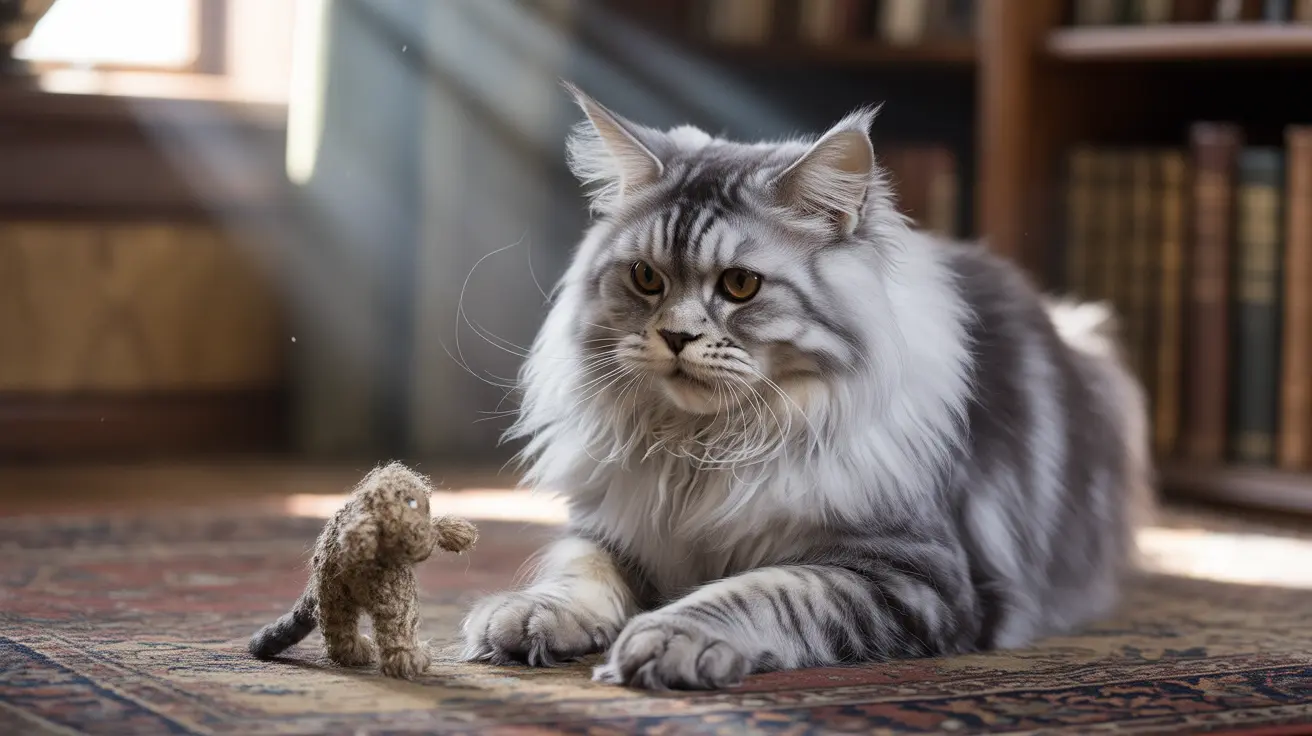The topic of inbred cats is both complex and concerning for pet owners and breeders alike. While some cat breeds have historically been developed through selective breeding practices, inbreeding can lead to serious health complications and genetic disorders that affect cats' quality of life. Understanding the signs of inbred cats is crucial for identifying potential issues and ensuring proper care.
In this comprehensive guide, we'll explore the various indicators that might suggest a cat is inbred, along with the potential health implications and what cat owners should know about this important issue.
Physical Signs of Inbreeding in Cats
Inbred cats often display distinct physical characteristics that can serve as warning signs. These may include facial asymmetry, such as crooked noses or misaligned jaws, and unusual eye positioning. Some cats might exhibit skeletal deformities or have noticeably smaller body sizes compared to their breed standards.
Other physical indicators can include:
- Malformed limbs or extra toes
- Unusually small head size
- Dental problems and misaligned teeth
- Poor coat quality or unusual fur patterns
- Structural abnormalities in the spine or tail
Health Complications in Inbred Cats
One of the most significant concerns with inbred cats is their susceptibility to various health issues. These cats often have compromised immune systems, making them more vulnerable to infections and diseases. Regular veterinary check-ups are essential to monitor and address these potential health problems.
Common health issues include:
- Progressive retinal atrophy leading to vision loss
- Hypertrophic cardiomyopathy
- Polycystic kidney disease
- Respiratory problems
- Joint and bone disorders
Reproductive Challenges and Fertility Issues
Inbreeding significantly impacts a cat's reproductive capabilities. Affected females typically produce smaller litters, sometimes with just one or two kittens, compared to the normal average of four to six. These kittens often have lower birth weights and higher mortality rates.
Male inbred cats may experience reduced fertility, with studies showing significantly lower sperm quality and motility compared to non-inbred cats. This can make successful breeding increasingly difficult with each generation.
Behavioral Indicators of Inbreeding
Inbred cats may exhibit distinct behavioral patterns that differ from typical feline behavior. These can include increased aggression, unusual anxiety levels, or seemingly unmotivated behavioral issues. Some cats might show difficulty in social interactions or display repetitive behaviors that suggest neurological impacts.
Prevention and Responsible Breeding Practices
To prevent the negative effects of inbreeding, responsible breeding practices are essential. This includes maintaining detailed breeding records, performing genetic health testing, and ensuring adequate genetic diversity in breeding programs. Outcrossing with unrelated cats can help maintain genetic health and reduce the risk of inherited disorders.
Frequently Asked Questions
What are the most common physical signs that indicate a cat may be inbred?
The most common physical signs include facial deformities, asymmetrical features, misaligned jaws, dental problems, and smaller-than-average body size. Some inbred cats may also have skeletal abnormalities or unusual eye positioning.
How does inbreeding affect the fertility and litter size of cats?
Inbreeding typically results in reduced fertility, smaller litter sizes (often just 1-2 kittens), and higher kitten mortality rates. Male inbred cats may have poor sperm quality, while females might have difficulty conceiving or carrying pregnancies to term.
Which genetic diseases are most frequently associated with inbred cats?
Common genetic diseases in inbred cats include progressive retinal atrophy, hypertrophic cardiomyopathy, polycystic kidney disease, and various immune system disorders. These conditions often appear more frequently and with greater severity in inbred populations.
Can inbreeding cause behavioral changes or personality issues in cats?
Yes, inbred cats may display unusual behavioral patterns, including increased aggression, anxiety, or odd personality traits. These changes can stem from neurological effects of genetic abnormalities or physical discomfort from health issues.
How can cat owners and breeders identify if a cat is inbred and reduce related health risks?
Cat owners and breeders should review pedigrees when available, conduct genetic health testing, and watch for physical or behavioral signs of inbreeding. Regular veterinary check-ups and working with responsible breeders who prioritize genetic diversity can help reduce health risks.
Understanding and recognizing the signs of inbred cats is crucial for both pet owners and breeders. By being aware of these indicators and taking appropriate preventive measures, we can work toward ensuring better health and well-being for future generations of cats.






